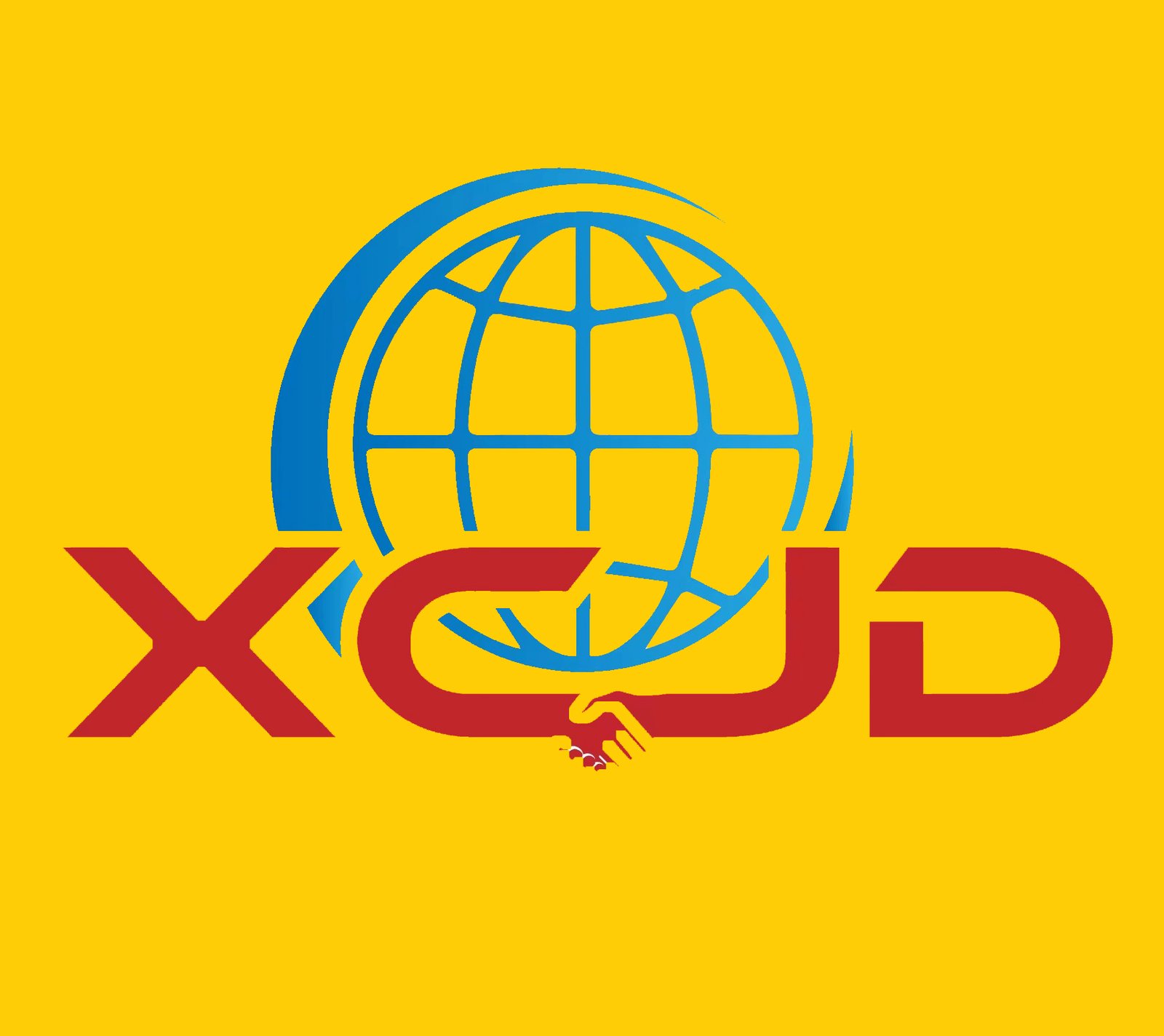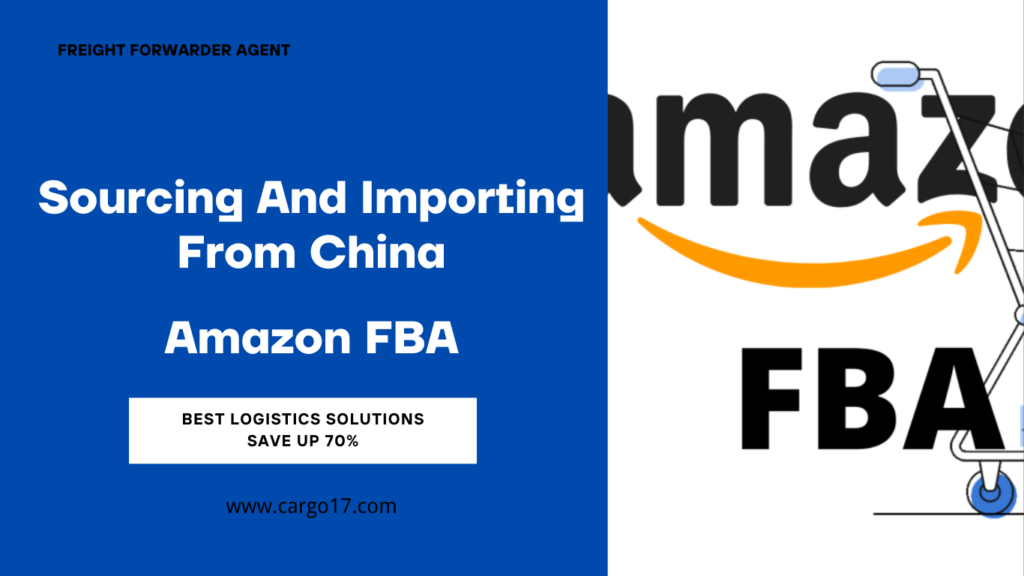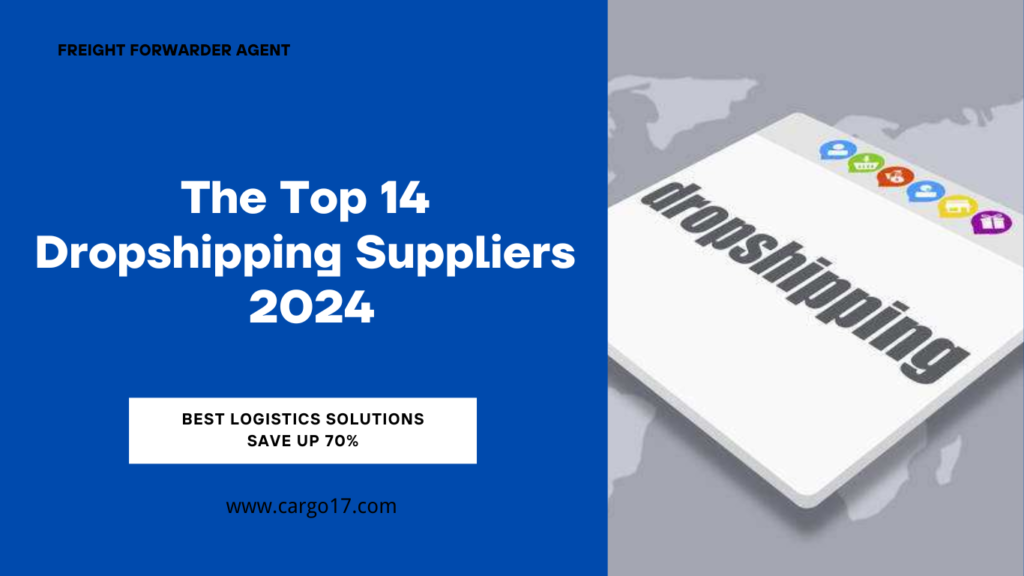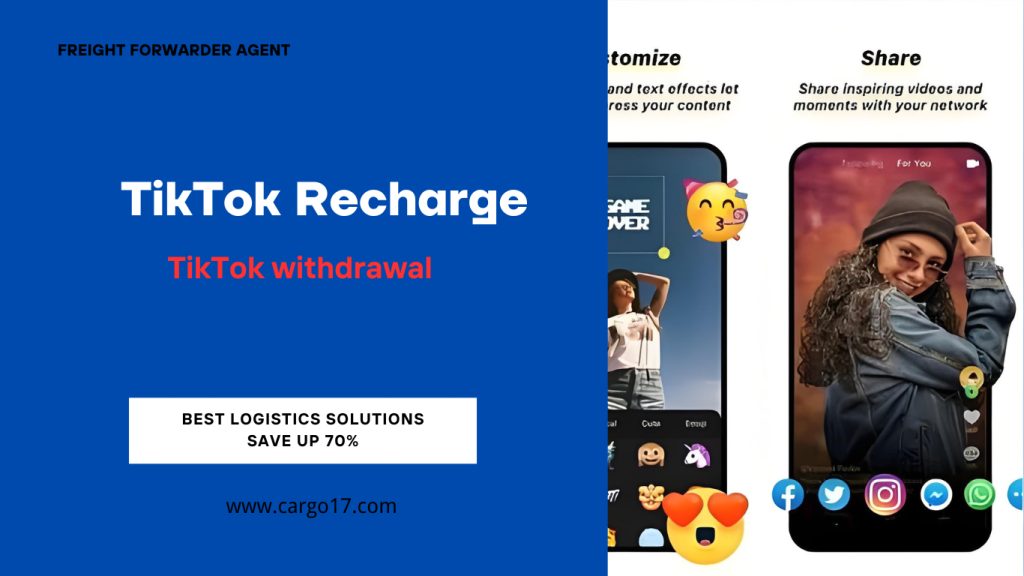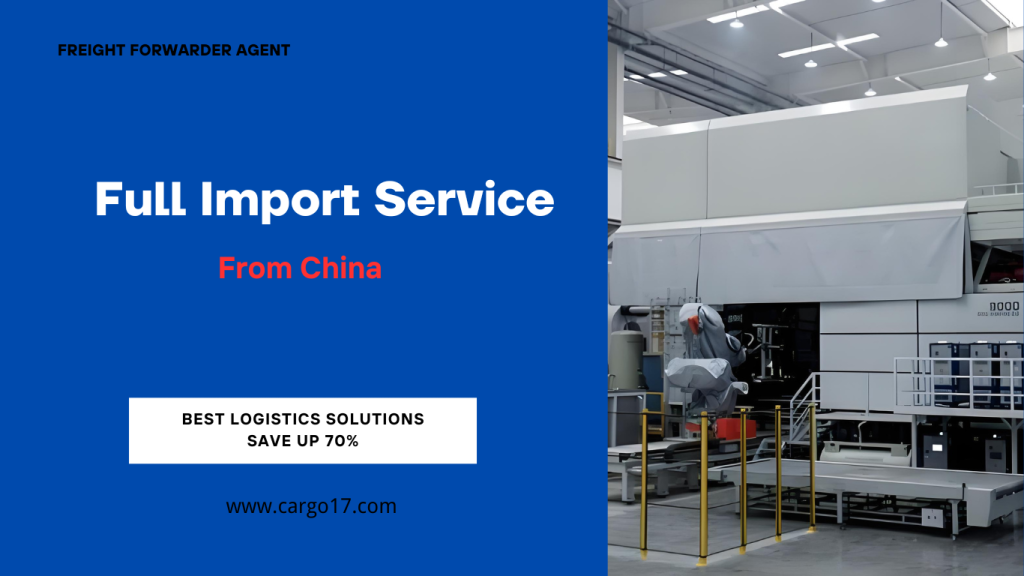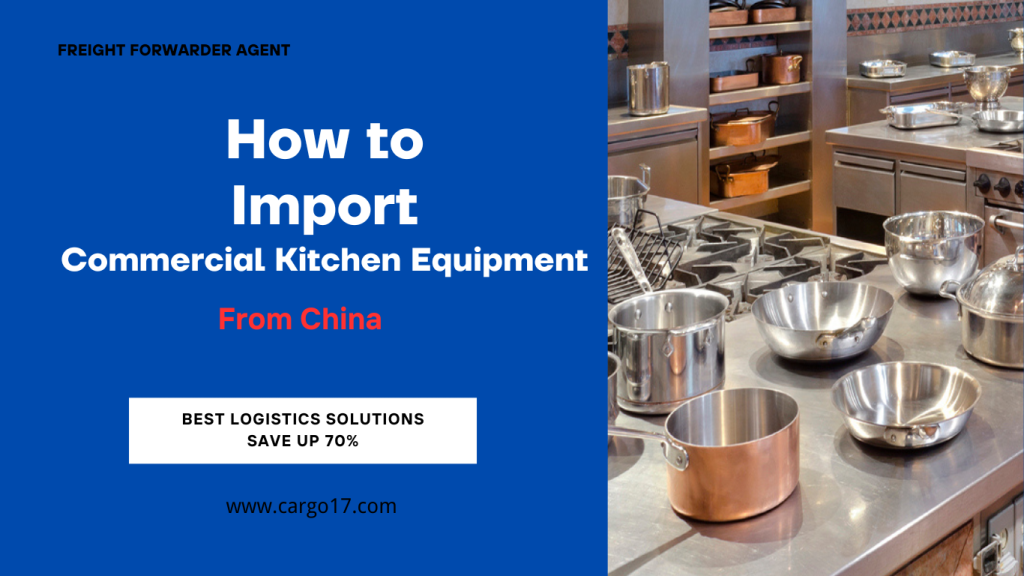WHAT EXACTLY IS 3PL FULFILLMENT?
The outsourcing of order fulfillment and logistics activities to a specialist organization is referred to as third-party logistics (3PL) fulfillment. A third-party logistics (3PL) provider manages warehouse and order fulfillment on behalf of another organization. As merchants aim to efficiently handle increasing order quantities, the development of ecommerce has increased demand for 3PL services.
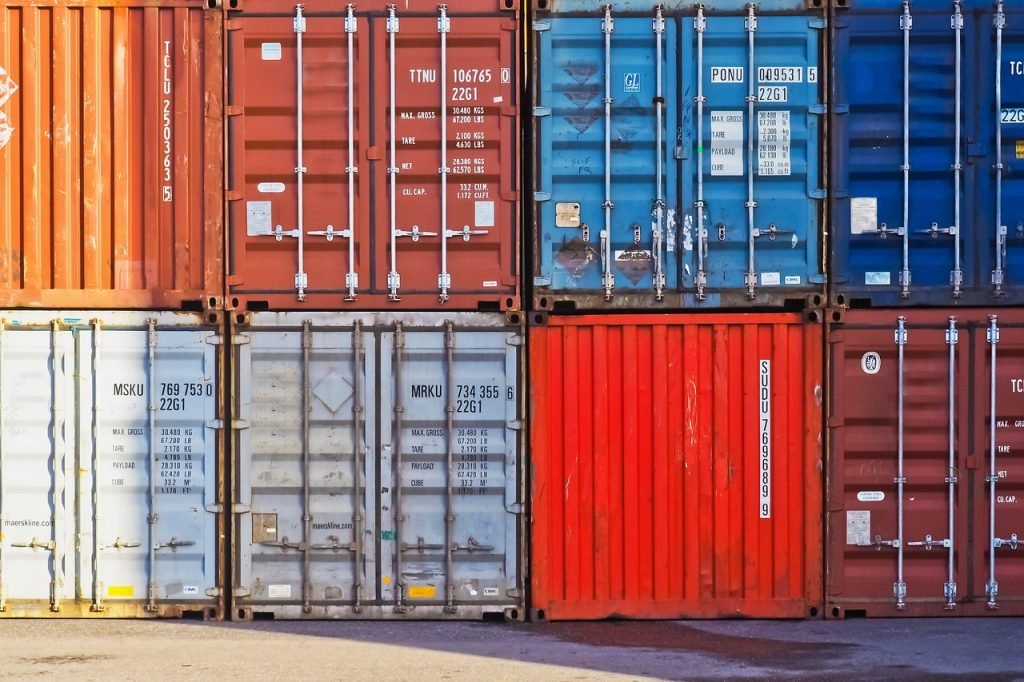
WHAT IS THE ROLE OF A 3PL FULFILLMENT PROVIDER?
A third-party fulfillment provider manages a variety of important supply chain operations on behalf of clients. Warehousing and inventory management are key services handled by 3PLs, as are collecting and inspecting incoming goods, stocking things, maximizing warehouse space, and maintaining overall inventory levels. When customer orders arrive, the 3PL handles order processing and management, precisely choosing and packaging shipments, negotiating cheap shipping rates with carriers, inserting any necessary marketing materials, and shipping the completed goods.
The 3PL may also provide order-related customer service and reverse logistics services such as returns, repairs, refunds, and product liquidations. They also integrate with client ecommerce platforms, ERP systems, and other technologies to facilitate data interchange and order handoffs. Clients can focus on their main business strengths by outsourcing these crucial activities.
THE ADVANTAGES OF 3PL FULFILLMENT
Outsourcing fulfillment and logistics operations to a third-party logistics provider (third-party logistics provider) has become a common option for modern retailers and businesses. Companies can focus resources on their core capabilities and scale quickly by leveraging the experience and infrastructure of 3PL professionals. The following are some of the major benefits of working with a 3PL fulfillment provider:
- Scalability – Third-party logistics providers make it easier to scale fulfillment operations up or down to accommodate variations in order volume. Clients avoid the capital costs of increasing warehouses and labor.
- 3PLs can achieve improved productivity and lower fulfillment costs per order by combining inventory into fewer, larger warehouses. Their size also gives them bargaining power with carriers.
- 3PLs have access to modern warehouse management systems (WMS), transportation management systems (TMS), barcode scanning, robotic picking, and other labor-saving technology.
- Flexibility and specialization – 3PLs have vast knowledge in specific industries and goods, allowing them to tailor procedures to the needs of their clients.
- Savings – Outsourcing to third-party logistics providers changes fixed costs into a variable expense model. Minimum commitments give predictable funds for completion.
- Improved Customer Service – By managing the operation with fulfillment specialists, 3PLs may improve order accuracy, prevent damage, and improve the overall customer experience.
- Faster Time to Market – By employing an existing 3PL rather than creating in-house fulfillment capabilities, startups and smaller merchants can launch faster.
Fulfillment is not a key capability for the majority of goods companies. Clients can focus their resources on sales, marketing, and product development by outsourcing these processes to specialists.
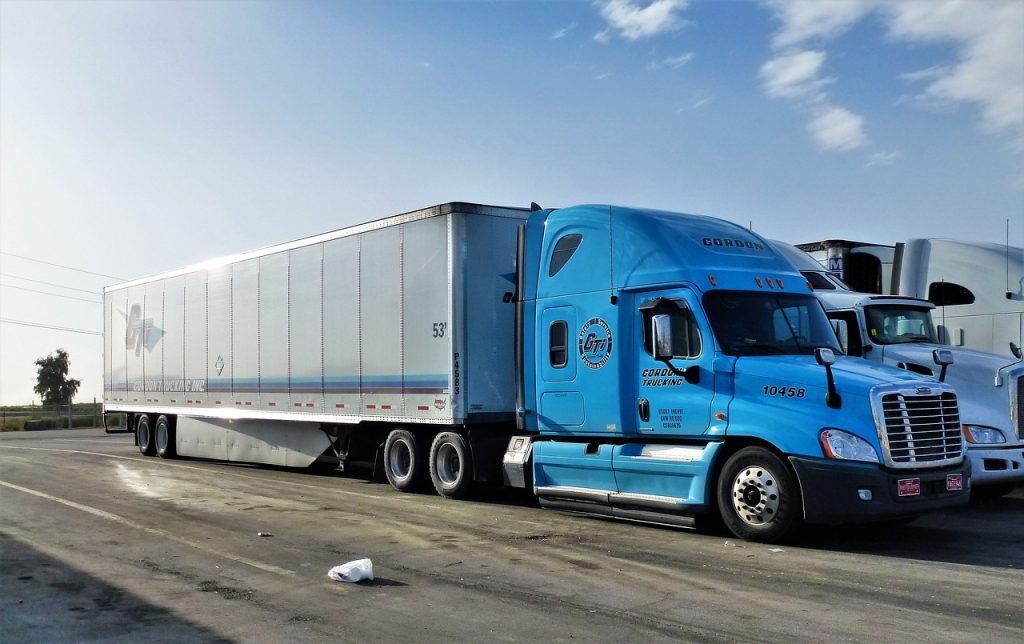
3PL FULFILLMENT SERVICE TYPES
3PL providers provide a variety of order fulfillment solutions that are adapted to various business types and requirements:
Ecommerce/Direct-to-Consumer (D2C) Fulfillment – 3PLs provide pick, pack, and ship services to online retailers in order to fulfill direct orders from end customers. B2C parcel shipping, returns management, and branded packaging are examples of D2C alternatives.
Retail/Wholesale Distribution – Many 3PLs specialize in delivering pallets and cases of merchandise to retail outlets or distribution hubs. They offer compliance labels, advanced shipment notices (ASNs), and other retail necessities.
Business-to-Business (B2B) Fulfillment – 3PLs provide LTL/FTL freight, trade show distribution, and white glove installation services for heavier, bulkier products sold business-to-business.
Omnichannel Fulfillment – Omnichannel retailers require unified inventory and order orchestration across internet, brick-and-mortar, and in-store pickup. 3PLs offer omnichannel technology and services.
Dropshipping – Dropshipping online businesses rely on 3PLs to fulfill orders directly to their customers. For dropshippers, the 3PL handles single unit selecting and delivery.
Crowdshipping – Also known as on-demand delivery, crowdshipping 3PLs use networks of independent couriers to provide same-day B2C in chosen metro areas.
Kitting and assembly, product customisation, engraving, gift wrapping, and customized packaging are examples of value-added services (VAS).
The variety of 3PL services assures adaptability for a wide range of fulfillment requirements, from high-volume ecommerce order processing to sophisticated B2B distribution programs.
KEY FACTORS TO CONSIDER WHEN CHOOSING A 3PL
Choosing the best 3PL partner is important for successful fulfillment outsourcing, therefore brands should carefully consider many key elements. To begin, select a 3PL operating warehouse that is strategically close to your target markets and customer base. This geographic location allows for quick and cost-effective delivery. Confirm that the partner has the warehouse capacity, throughput, and bandwidth to handle current order quantities smoothly, with plenty of room to build up as numbers grow. Given the industry’s continuous labor shortages, analyze their staffing, training, and retention capacities, as well as any reliance on staffing firms to complement the workforce.
Investigate the advanced WMS, TMS, automation, and other innovations the 3PL has already invested in or plans to invest in on their technological roadmap. Nowadays, cutting-edge solutions are required for timely and precise fulfillment. Consider whether the provider can provide end-to-end, integrated services now and in the future as your demands change.
Look for proven expertise and process engineering that is tailored to your industry and product kinds. Define whether the 3PL will perform customer support tasks or if your organization will. Make certain that appropriate resources are available. Examine their inventory, order, and performance reporting capabilities to give supply chain visibility. Finally, carefully examine the proposed contract terms, pricing structures, and service level agreements. Taking the time to thoroughly examine multiple 3PLs against your present and future fulfillment needs creates the groundwork for a scalable, productive partnership.
THE 3PL INDUSTRY IS BEING SHAPED BY THREE KEY TRENDS
The 3PL industry is evolving in response to larger supply chain and technological advancements. Three significant trends influencing 3PLs are as follows:
ECOMMERCE EXPANSION
The continued fast expansion of ecommerce has far-reaching consequences for 3PL suppliers. As online sales volumes increase year after year, 3PLs must invest extensively to manage the surge in DTC orders across industries. Building expanding parcel delivery capabilities, automating warehouses to facilitate high volume order processing, and establishing returns management mechanisms to handle the flow of returns from ecommerce sales are all important priority areas.
LABOR DIFFICULTIES
Due to persistent warehouse labor shortages, 3PLs have had to get inventive with staffing alternatives. This includes collaborating with specialized staffing firms in order to gain access to contingent personnel. In order to attract and retain talent in competitive labor markets, 3PLs are boosting hourly rates and compensation packages. Furthermore, employing collaborative robots and other advanced automation aids in work completion while requiring less total staff. Managing labor difficulties is critical for 3PLs to maintain service obligations.
THE SPEED DEMAND OF THE CONSUMER
3PLs must optimize their distribution networks and capacities as clients want faster, near-instantaneous delivery. Important initiatives include strategically locating inventory stock closer to key markets, expanding same-day delivery options through brick-and-mortar retail stores, utilizing crowdsourced couriers for same-day local delivery, and ensuring seamless connectivity with ecommerce platforms for quick order handoffs. Meeting the challenge of increasing delivery speed is now standard practice for 3PLs.
Leading 3PLs continue to invest extensively in order to satisfy changing consumer expectations and to implement cutting-edge technology to improve operations. These developments are redefining contemporary fulfillment.
